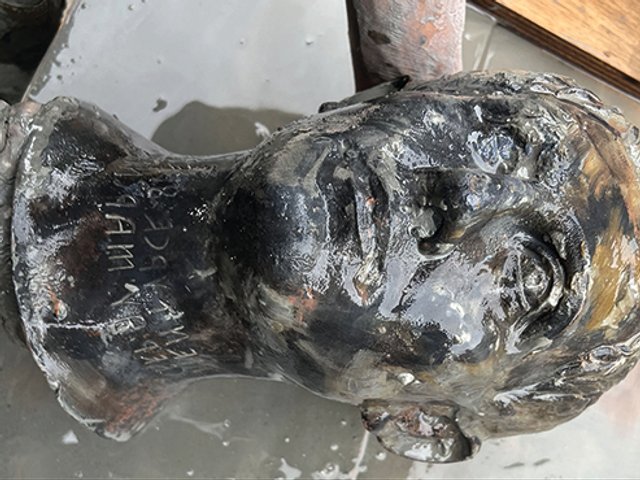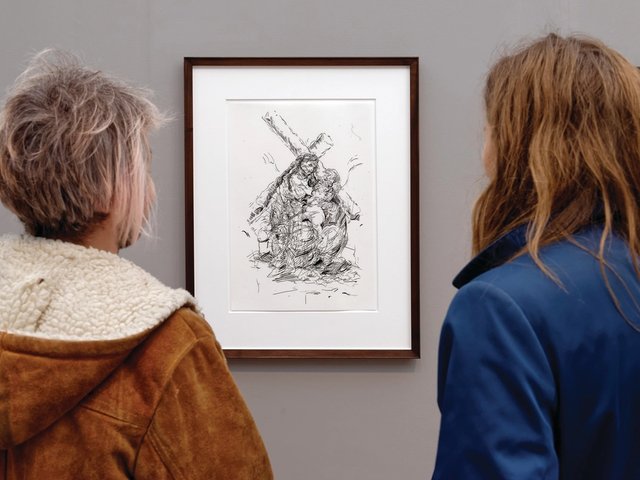A trove of perfectly preserved ceramics, burnt animal bones and a wooden chalice have been pulled up from a well in Ostia Antica, shedding new light on religious life at the heart of Ancient Rome.
Discarded peach stones, oil lamps and marble fragments dating from the first and second centuries BC were also pulled up from the 3m-deep shaft at Ostia, an ancient port city at the mouth of the Tiber that is now the site of a vast archaeological park.
The well is located outside the ruins of the Temple of Hercules in the archaeological site’s so-called sacred area, once home to Ostia’s most important places of worship. Water at the bottom has preserved the artefacts for centuries.
Specialists were hoisted inside and they then carefully removed the objects. Recovered pig and cattle bones and ceramics showed burn marks, suggesting the animals had been sacrificed, cooked and eaten during banquets honouring deities. “These finds are a direct testament of the ritual activity that took place at the sanctuary,” Alessandro D’Alessio, director of the Ostia Antica archaeological park, told The Art Newspaper. “We might have imagined this happened but previously we had no evidence.”

A specialist being hoisted down the well
Courtesy of Ministero della Cultura
One of the most spectacular discoveries was a carved wooden chalice or funnel. Archaeologists are still trying to determine its precise function. “Refined objects like this are rare given that wood usually deteriorates,” D’Alessio said. “We believe it may have been used as a musical instrument such as a pipe.”
Before Christianity was adopted as the official religion of the Roman empire in 380 AD, Romans typically fulfilled vows to multiple gods, made divine requests and asked for forgiveness by sacrificing animals in designated sacred spaces including altars and temples.
Ostia’s sacred area, which was located near a spring along the Via della Foce road that led towards the coast, was discovered in the late 1930s and is currently being restored with a view to opening it to the public.
D’Alessio said that the newly discovered objects would be restored by specialists from the archaeological park and eventually displayed at the refurbished Museo Ostiense, which is due to reopen by the end of June following a three-year closure.
Massimo Osanna, director of museums at Italy’s culture ministry, said in a statement: “Restoration work [in Ostia Antica] has proved to be a unique opportunity to study and deepen our knowledge of the functions and activities that took place in the sanctuary”.






